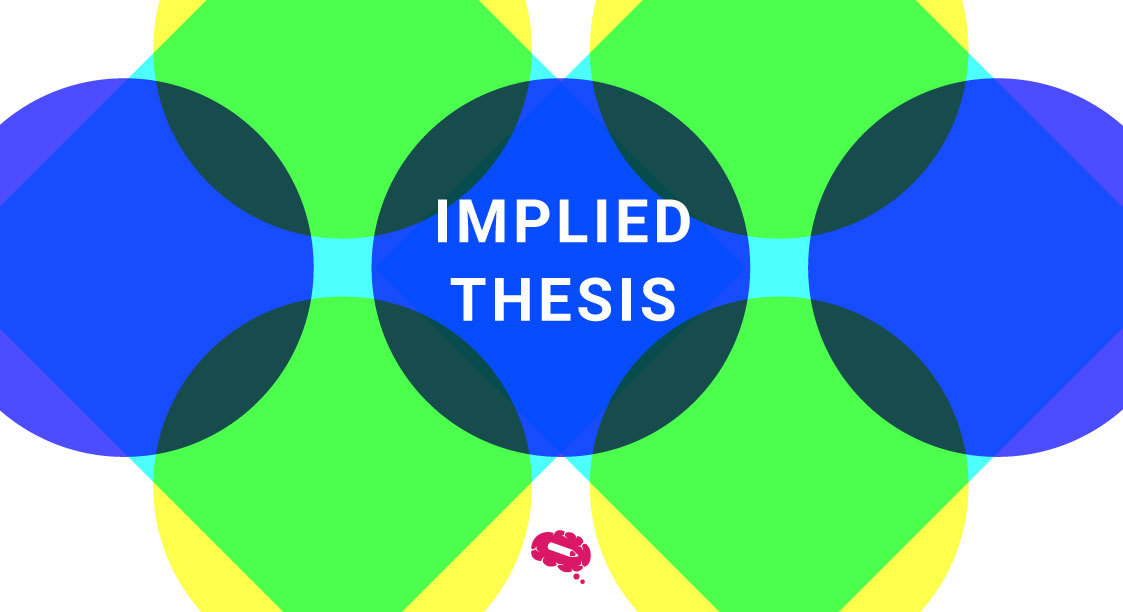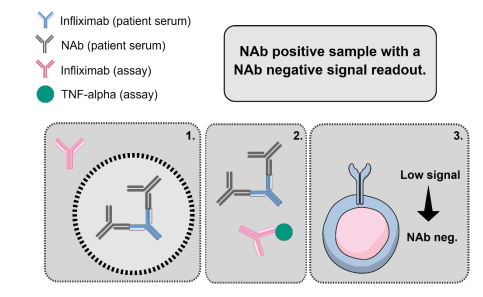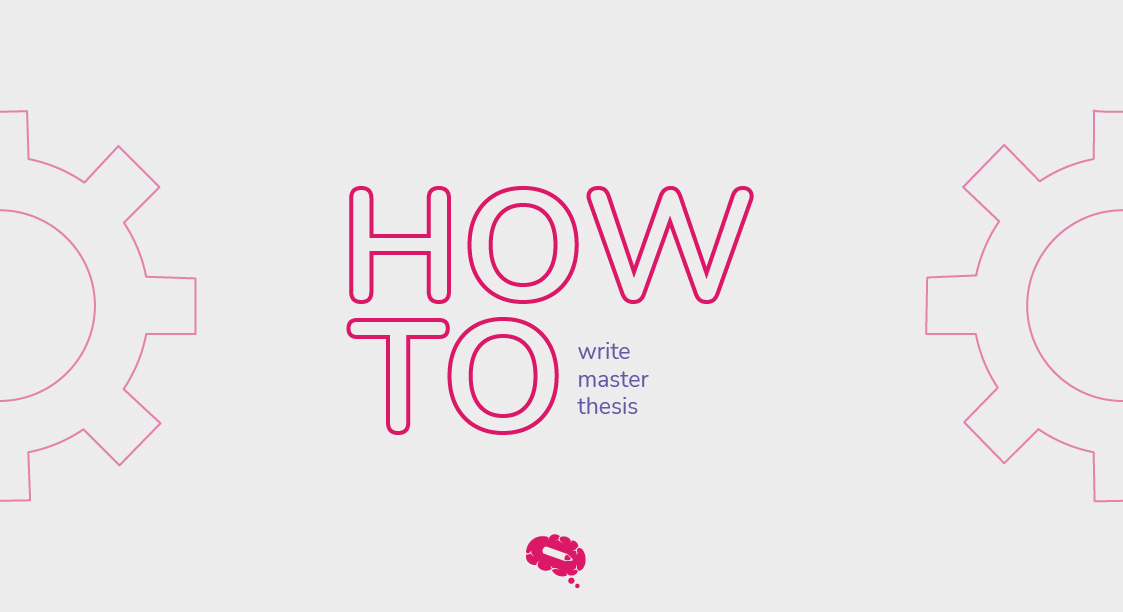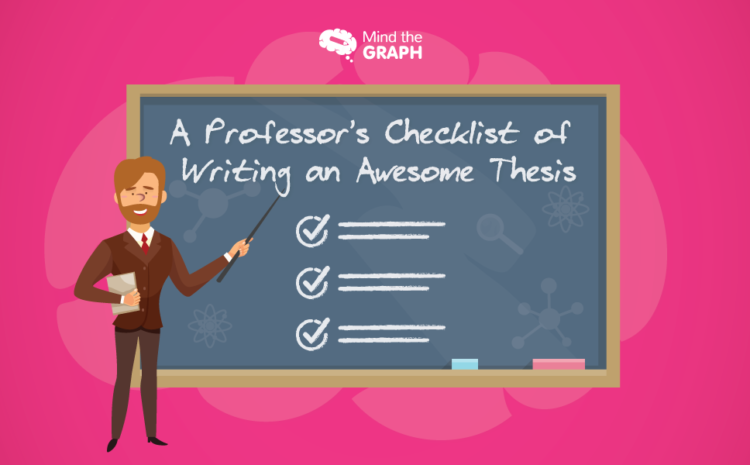If you’re a researcher or a graduate student, you must’ve come across this simple yet crucial term, thesis. It is very important for your career as it summarizes your research work and presents it in a way that the readers can understand and evaluate your findings.
But, writing a thesis can be a tedious task and many may find difficulty in it. To resolve that, we help you understand the thesis and its types while throwing light on the implied thesis and the steps to write it.
Hva er en avhandling?
A thesis is a composed report or a research paper that presents the researcher’s unique exploration, investigation, or discoveries on a particular subject or question. Typically, a thesis is written by a graduate student as part of their degree program, such as a master’s or doctoral degree.
A thesis typically has several chapters, including an introduction outlining the research question, a literature review summarizing previous work on the subject, a methodology section describing the research methods employed, a results section describing the research’s findings, and a conclusion explaining the thesis’ key points and emphasizing any implications.
A thesis is written in order to advance the field of study, showcase the researcher’s expertise, and show their capacity for independent study. A committee of professors or subject-matter experts will frequently review the thesis to give feedback and determine whether they meet the requirements of the degree program or not.
Eksplisitt vs. implisitt tese
Hvis vi dykker dypere ned i temaet, kan en avhandling vanligvis skrives på to måter: Eksplisitt og implisitt. Begge har stor betydning for hvordan innholdet kommer til å bli, ettersom du ikke kan bruke dem tilfeldig. Det avhenger av hvilket tema du velger.
An explicit thesis is a short, to-the-point statement that expresses a writer’s main argument or point in an essay or other piece of writing. This kind of thesis statement, which is usually found at the end of the introduction, leaves no room for interpretation.
An implied thesis, on the other hand, is one that is not explicitly stated in the writing but is rather hinted at or suggested by the language, the supporting details, and other elements. The main point or argument of the work must be inferred by the reader from the context, the writer’s language, and the writer’s use of examples.
En underforstått tese kan noen ganger være mer virkningsfull enn en eksplisitt, særlig når forfatteren ønsker å trekke leseren inn i teksten og få ham eller henne til å vurdere den kritisk.
En eksplisitt tese kan være tydeligere og enklere å forstå for leserne. En skribent kan ha større frihet til å utvikle argumentasjonen sin gjennom hele essayet hvis det er en underforstått tese i stedet for en eksplisitt.
However, the writer’s objectives, the audience, and the context of the writing will ultimately determine whether to use an explicit or implied thesis.
Hvorfor er en underforstått tese viktig?
An implied thesis is important because it helps in the reader’s understanding of the writer’s intended meaning or goal in their writing.
Det bidrar også til å binde sammen konseptene som diskuteres i en tekst, noe som gjør den klarere og mer leservennlig. I tillegg hjelper det leseren med å forstå forfatterens synspunkt og mål, noe som er nyttig når man skal vurdere nøyaktigheten og tyngden i argumentene som presenteres.
Additionally, an implied thesis can encourage the reader to engage with the text more critically because in order to fully understand the writer’s intended meaning, the reader must actively interpret and draw conclusions from the writing. This can lead to a deeper level of analysis and understanding of the text, which can be beneficial in academic and professional contexts.
6 trinn for å utvikle en underforstått tese
- Identifiser hovedpoenget: Clearly define the main argument or point you wish to make in your writing. This statement, which summarizes the main idea you wish to convey, should be direct and brief.
- Tenk på målet: Tenk over målet med det du skriver. Vil du informere, underholde eller overbevise leseren? Hvis du kjenner formålet ditt, kan du lage en underforstått avhandling som effektivt formidler budskapet ditt.
- Examine your structure: Ta hensyn til strukturen i det du skriver. Hvordan presenterer du ideene dine? Er det noen mønstre eller temaer som går igjen? Dette kan hjelpe deg med å finne ut hva som er hovedargumentet eller poenget ditt.
- Se etter nøkkelord og fraser: Se etter nøkkelord og fraser som du bruker gjentatte ganger. Dette kan gi deg en pekepinn på hva du prøver å kommunisere.
- Tenk på tonen din: Analyser tonen i det du skriver. Er du seriøs eller humoristisk? Sarkastisk eller oppriktig? Å forstå tonen din kan hjelpe deg med å tolke hva du mener.
- Trekke konklusjoner: Basert på analysen av hovedpoenget, formålet, strukturen, nøkkelordene, frasene og tonen skal du trekke en konklusjon om den underforståtte problemstillingen. Dette bør være en klar og konsis uttalelse som oppsummerer hovedargumentet eller poenget i teksten.
Keep in mind that an implied thesis statement might not be as clear as one that is stated explicitly. The reader might need to apply some critical analysis and interpretation to it. As a result, it’s essential to structure your writing so that it clearly communicates your main idea and strengthens your underlying thesis statement.
To conclude, a well-crafted thesis statement is important because it helps to guide the writer’s focus and provides a clear direction for the essay, making it easier for the reader to follow and understand the writer’s argument.
Visuelt tiltalende figurer for forskningen din
Mind the Graph is a platform that helps scientists explore a huge library of scientific visuals and present them in their thesis to entice the readers. Sign up now and unlock visually appealing figures for your research.

Abonner på nyhetsbrevet vårt
Eksklusivt innhold av høy kvalitet om effektiv visuell
kommunikasjon innen vitenskap.





